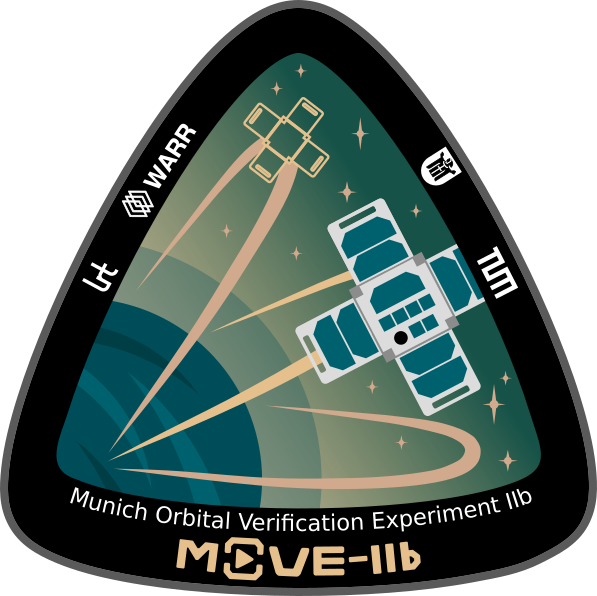QUICK INFORMATION

MOVE-II
MOVE-II is the second satellite constructed by the MOVE team. After students showed interest in First-MOVE, MOVE-II was envisioned as a project with a split focus: First was the scientific mission, however second came the education of university students, using the project as a platform to enable practical learning in addition to the theoretical courses offered by the university. The 1U CubeSat was launched as a cooperation between the Chair of Astronautics (LRT) and the WARR. The project was financed by the Federal Ministry for the Economy (BMWi) and the German Aerospace Center (DLR).
A common practice in the space industry is to test new technology using precursor missions, so-called technology demonstrators. MOVE-II served a similar purpose, as a technology demonstrator for systems developed by the LRT and WARR. The satellite bus was almost entirely developed in-house, beginning with the board computer all the way to the attitude control system, thermal system, and the structure. Solar cells provided through a sponsorship from AzurSpace were chosen as the payload. These cells were novel quadruple junction solar cells, which promised increased efficiency at longer lifetimes. Coated and uncoated cells were placed on the outside of the satellite to allow long-time characterization of their behavior in space. The intended mission duration was one year.
MOVE-II launched in December of 2018 aboard a Falcon 9 rocket into a 575km sun synchronous Low Earth Orbit. After what is now five consecutive years of operation, the MOVE-II satellite is alive and well and the MOVE team continues to communicate with it and operate it, making this mission a resounding success.
MOVE-IIb
MOVE-IIb is the sister satellite of MOVE-II. After funds and hardware were left over post-launch of MOVE-II, it was decided to rebuild the satellite with some minor improvements and launch it into space in a very short timeframe of one year. It launched aboard Soyuz in 2019.
The satellite contains the same systems and instrumentation as MOVE-II and was intended for the same purpose. As it launched into a lower orbit than MOVE-II, MOVE-IIb deorbited and broke up in the atmosphere on December 3rd, 2023.


